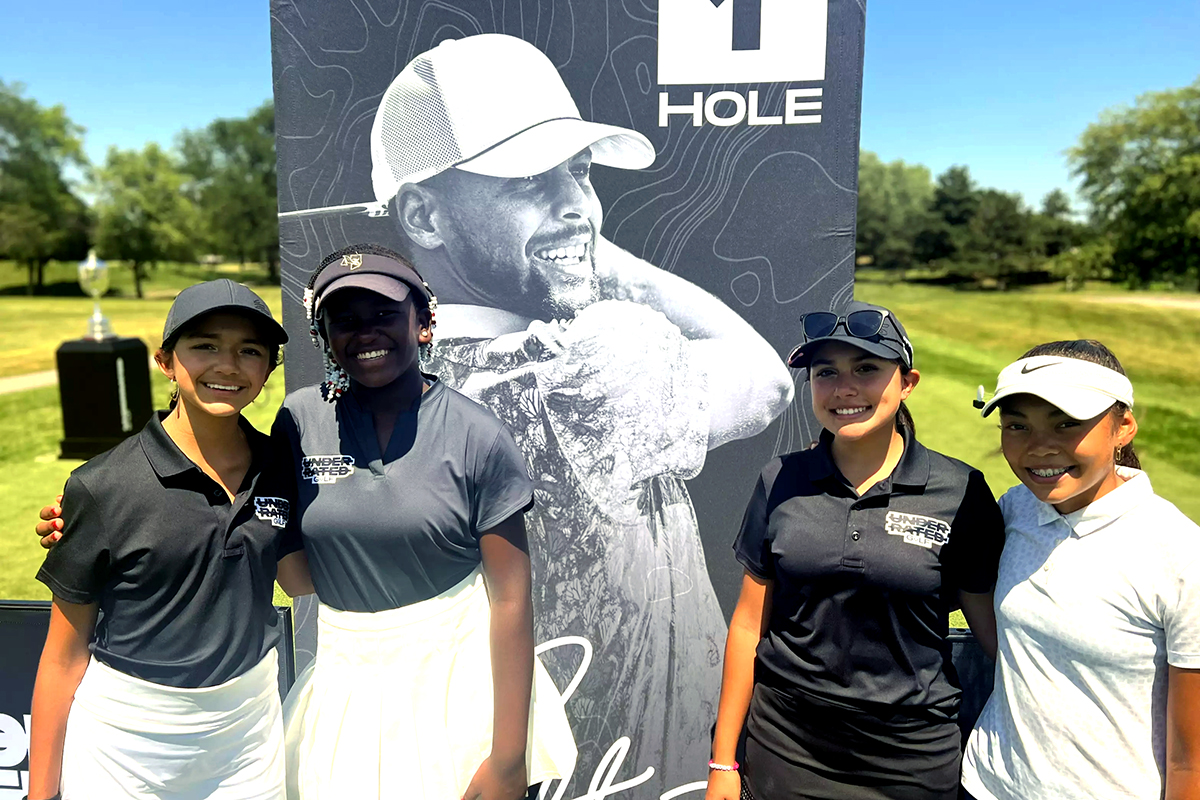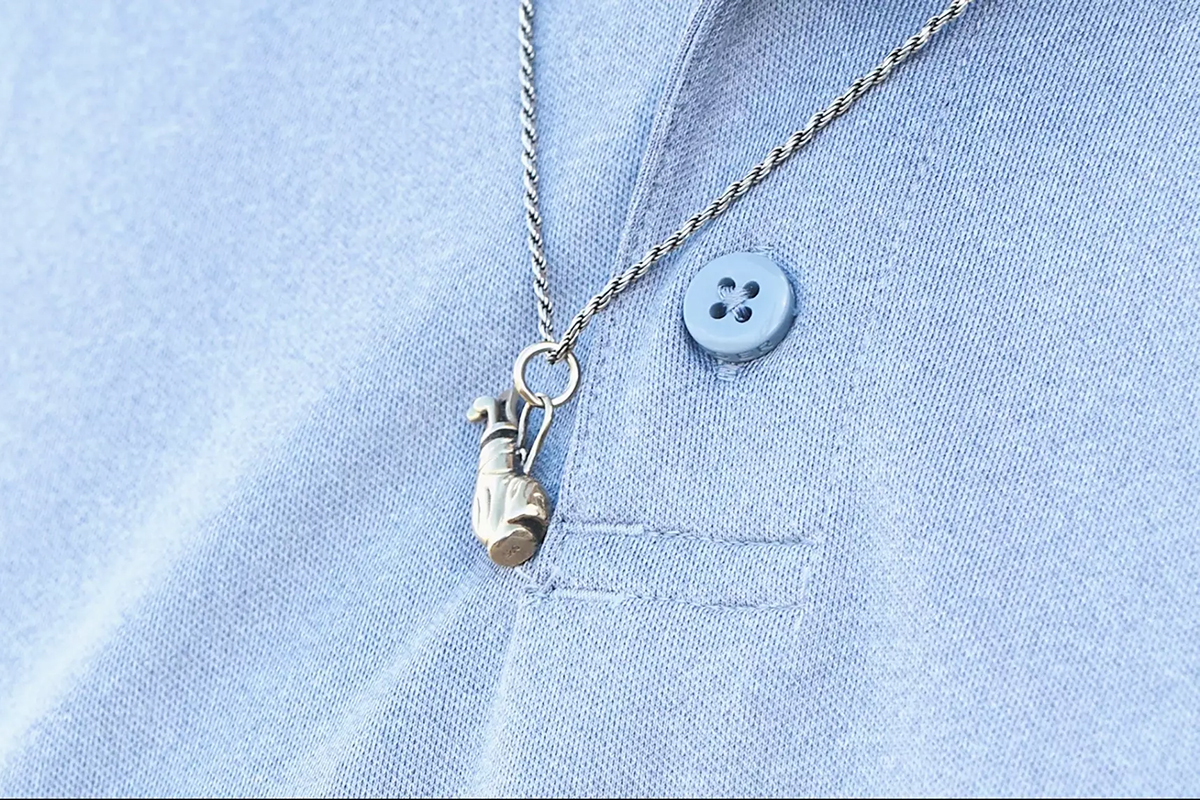The new generation
The future appears to be bright for underrepresented groups, which benefit from new initiatives and resources that didn’t exist a few years ago. Desert Mashie is one promising sign of the talent on the rise with better overall support for minority golfers.
Five girls from Desert Mashie participated in the inaugural Mack Champ Invitational last year – a golf tournament founded by PGA golfer Cameron Champ. The invitational hosts the best junior golfers from diverse backgrounds across the country.
All the members of Desert Mashie that participated in the Mack Champ Invitational tournament are also playing in Stephen Curry’s brand-new tournament for minority golfers. The four-time NBA champion’s Underrated Golf Tour started this year and includes an all-expense paid nationwide tour throughout the summer.
Curry started the tour to allow minorities to have a large platform to be noticed and to have access to the sport. The tour also allows junior golfers to experience a real professional golf tour while teaching them life lessons from esteemed panel speakers at every tour stop.
Curry’s five-stop tour came to Arizona in July at the Wickenburg Ranch, where a few familiar Desert Mashie faces battled it out in their home state against other top junior golfers on the tour.
Mexican American sisters Natalia and Alexis Lamadrid, who both have played golf since they were four years old, were two of five Desert Mashie members. The teenagers are grateful for the experience.

Alexis, left, and Natalia Lamadrid started learning to play golf at the age of four years old and have not left the course since. (Courtesy of the Lamadrid family)
“It feels like an honor, for such a superstar in the world to make something for us, minorities and golfers that do not get appreciated every day,” Natalia, 13, said. “For him to appreciate us, it just means the world.”
Participation in the new-age tournaments derived for minorities is starting to become habitual for these athletes, something that shows a sign of progress in the sport. With more new initiatives for junior golfers comes more positive effects the sport can have on golfers from a young age. Even for young golfers like Desert Mashie member Ashley Shaw, the tours are sparking a change and making a notable difference.
“You don’t usually see a lot of people who look like us playing this game,” Shaw,13, said. “And to see that there are others here, that are you know, good, and that we know what we’re doing – it’s encouraging and inspiring to keep going.”
While the people who play golf aren’t necessarily considered the problem, the sports’ culture rooted in racial indifferences is what still resides in golf’s issues today.
The first American-born golf professional was said to be John Shippen in 1896, who came from Native American and Black descent. Dr. George F. Grant, the second Black doctor to earn a dentistry degree, was the first to patent the wooden tee just a few years later in 1899.
Then in the 1990s and early 2000s, Tiger Woods changed the perspective of golf with his dominance and style of the game that created a new wave of everyday spectators and golfers.
Black culture has always been embedded into this sport, but there are only four Black PGA golfers on tour right now out of the 260 golfers behind Tiger Woods, Cameron Champ, Joseph Bramlett, and Harold Varner III.
“I think people that generally play golf are generally nice people,” Evans said. “It’s the administration of golf that has been the problem with the PGA and its racial exclusions up until the early 1960s. You know, things of that nature; the Master’s not allowing any African-Americans to play.”




